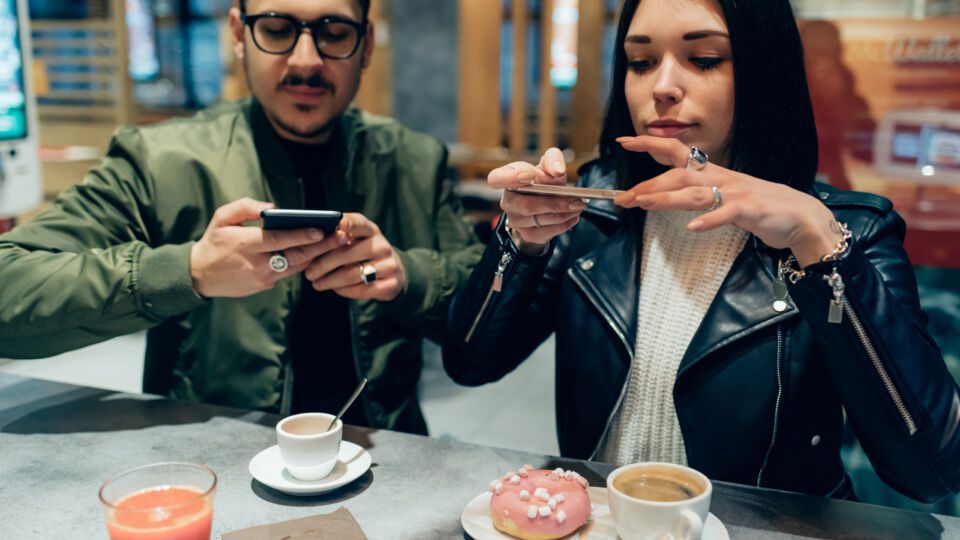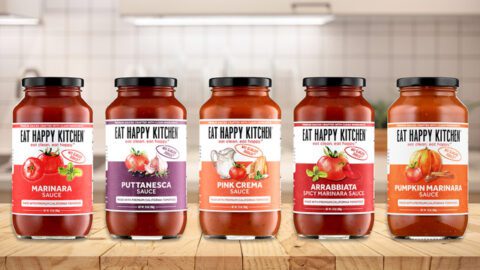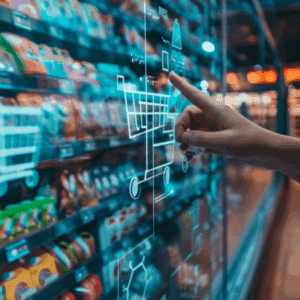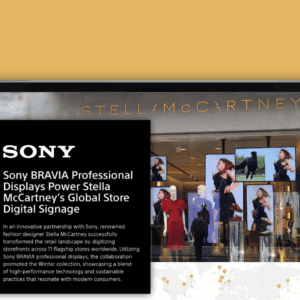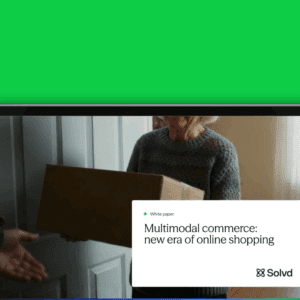A retailX panel of social media and influencer experts had a candid conversation about how influencers are driving the maturity of social commerce, which is expected to reach $36.09 billion in the U.S. this year — a 35% increase over 2020 — according to Insider Intelligence. The speakers represented all facets of the “influencer marketing machine,” from strategy firms and agencies to brand executives and independent content creators. Some of the key data points that underscored their conversation include:
- The influencer industry will reach $15 billion in value by the end of 2022;
- 70% of all U.S.-based internet users follow influencers; and
- 17% of internet users reported purchasing a product within a one-month period because of an influencer social media post.
Although this data certainly validates the importance of influencer marketing, new platform capabilities and campaign models are changing the playbook for success. Denise Vitola, VP of Integrated Brand PR, Influencer and Social at Bayer; Jamie Hess, Wellness + Healthy Living Expert and Social Influencer for @NYCfitfam; and Keith Bendes, Head of Brand Strategy and Partnerships at Linqia, shared five tips and lessons learned:
Tip 1: Tap Influencers to Drive Ecommerce Content Strategy
During the pandemic, Bayer had to completely rethink its approach to content creation. Ecommerce demand surged while in-person photo shoots were shuttered. To address both of these realities, the brand turned to influencers to fuel its content creation engine and include more authentic content on digital channels and social accounts.
“The industry as a whole has identified partnering with influencers because they are creatives,” explained Vitola. “Honestly, they’re creating content that rivals some of the content that advertising agencies are putting together. Some influencers have backgrounds in marketing — they’re digital creators and that’s where their backgrounds began.”
Vitola added that integrating influencer content into a brand’s holistic content plan is key to success moving forward even after the pandemic fades.
Tip 2: Look for Partners That are Customer-First Across All Channels
Some influencers, like Hess, have a rich knowledge of media and communications. Before rising in the influencer ranks with her account @NYCfitfam, she had approximately 20 years’ experience in public relations.
“I came into this space uniquely positioned in that I was the one writing the campaign briefs,” Hess explained. “I had a history in PR marketing and integrated marketing, and did PR for some of the biggest brands on the planet that I was the SVP for.”
But this level of experience and expertise isn’t a “must” for brands and retailers. The key, according to Hess, is finding a partner that deeply understands how the customer drives everything they do. Additionally, brands should ensure that influencers know how to think holistically, so that they can implement a 360-degree activation plan that is long-term and spans across their different social platforms, email, ads and other owned platforms.
Tip 3: Go Beyond Organic Feeds and Owned Channels to Maximize ROI
Influencers have highly engaged and loyal communities. Vitola noted that social media gives followers a “sneak peek” into these people’s lives, which helped create a deeper level of connection and community amid COVID-19 lockdowns. Although these relationships start on Instagram, TikTok and other apps, they continue through email newsletters, podcasts and other organic and owned channels.
But to maximize the reach and impact of influencer partnerships, brands and retailers need to think beyond the “organic feed.” Vitola believes that up to 70% of the value of influencer partnerships comes from beyond those posts on organic feeds.
While many companies and marketers say they want to work with influencers, too often they simply provide them with something to say on their social media channels. “That’s literally 30% of what they can do,” Vitola advised. “You have to think beyond that. How can you work their content into your ecommerce channels? How can you work with the right partners to ensure their content is showing up on Target, Walmart or any retailer? What’s their ‘swipe-up potential’?”
Tip 4: Use Authentic Storytelling to Drive Consumers Down-Funnel
For many brands, especially CPG brands, it feels inauthentic and overtly sales-y to have influencers promote one-off discounts and deals. While a discount may be the ultimate call to action, storytelling is the only way influencers can build trust and inspire action.
Relatable anecdotes and personal perspectives can help influencers build a narrative around a brand or why a certain product is important for them. By telling this story using video platforms like TikTok and Instagram Stories, they can include links to specific products so followers can easily access more information.
“This industry became what brands always wanted with upper-funnel marketing,” noted Bendes. “But taking you down-funnel, it isn’t about 20% off or buy-one-get-one-free. It’s about telling a story but connecting it to commerce.”
This point was especially resonant for Vitola, since Bayer products are sold via a network of retailers, and many of its brands don’t have their own dedicated social accounts. “We don’t always do commerce, but we do a lot,” she said. “We build those authentic relationships so that influencers incorporate our products into their everyday lives with real stories.”
Influencers then can use “swipe up” capabilities where the products they’re discussing show up in digital carts on retail partner sites.
Tip 5: Integrate Data with Key Partners
For brands like Bayer that sell through a network of retailers, transparency, collaboration and data sharing are key. Vitola explained that she lets retail partners know when influencer campaigns are running and which retail platforms they plan to link to, and she ensures that performance metrics are shared with retail partners as well as influencers.
“I’m very transparent and very clear because I like to level-set,” Hess said. “I really appreciate the capturing of data and, as a former PR executive, the value of buzz, storytelling and authenticity. And I really do think that not all campaigns can be well-judged by clicks, because the reality is not every person on Instagram cares [enough] to click away to buy a $1.99 item. However, the next time they go into Target or CVS, you better believe that they’re going to remember they saw that.”
ADDITIONAL LISTENING:



